
Finding New Spaces Together
‘Vádye Eshgh (The Valley of Love)’ is a collaboration between Second Generation Collective and Abdul-Rahman Abdullah weaving through themes of beauty, diversity and the rebuilding of identity.
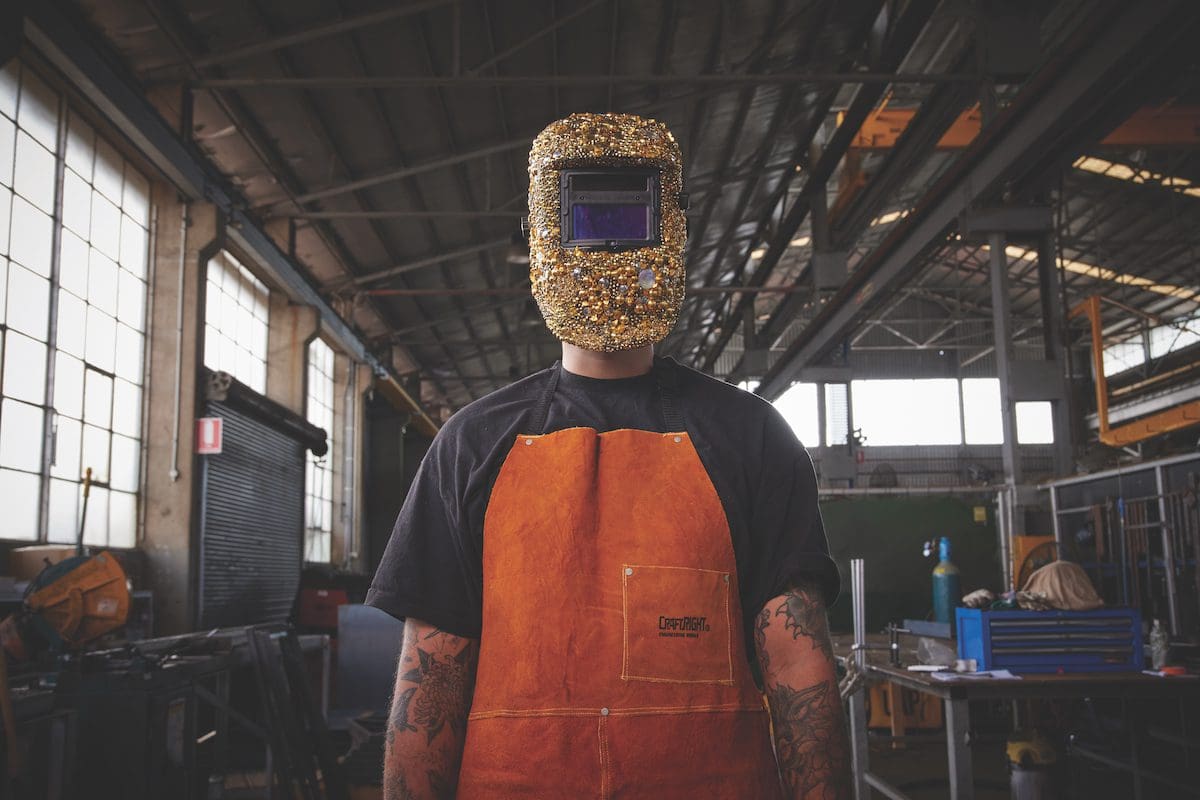
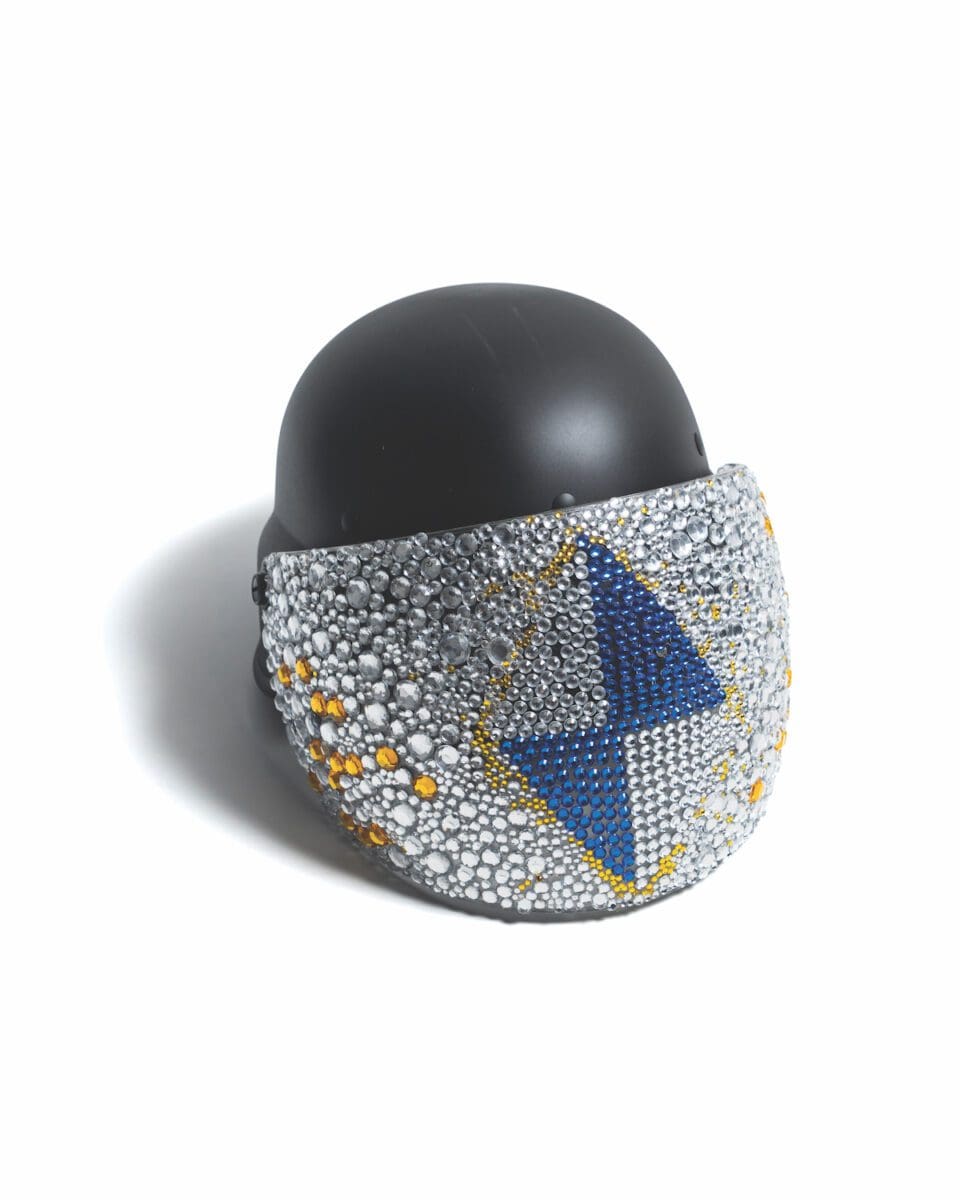
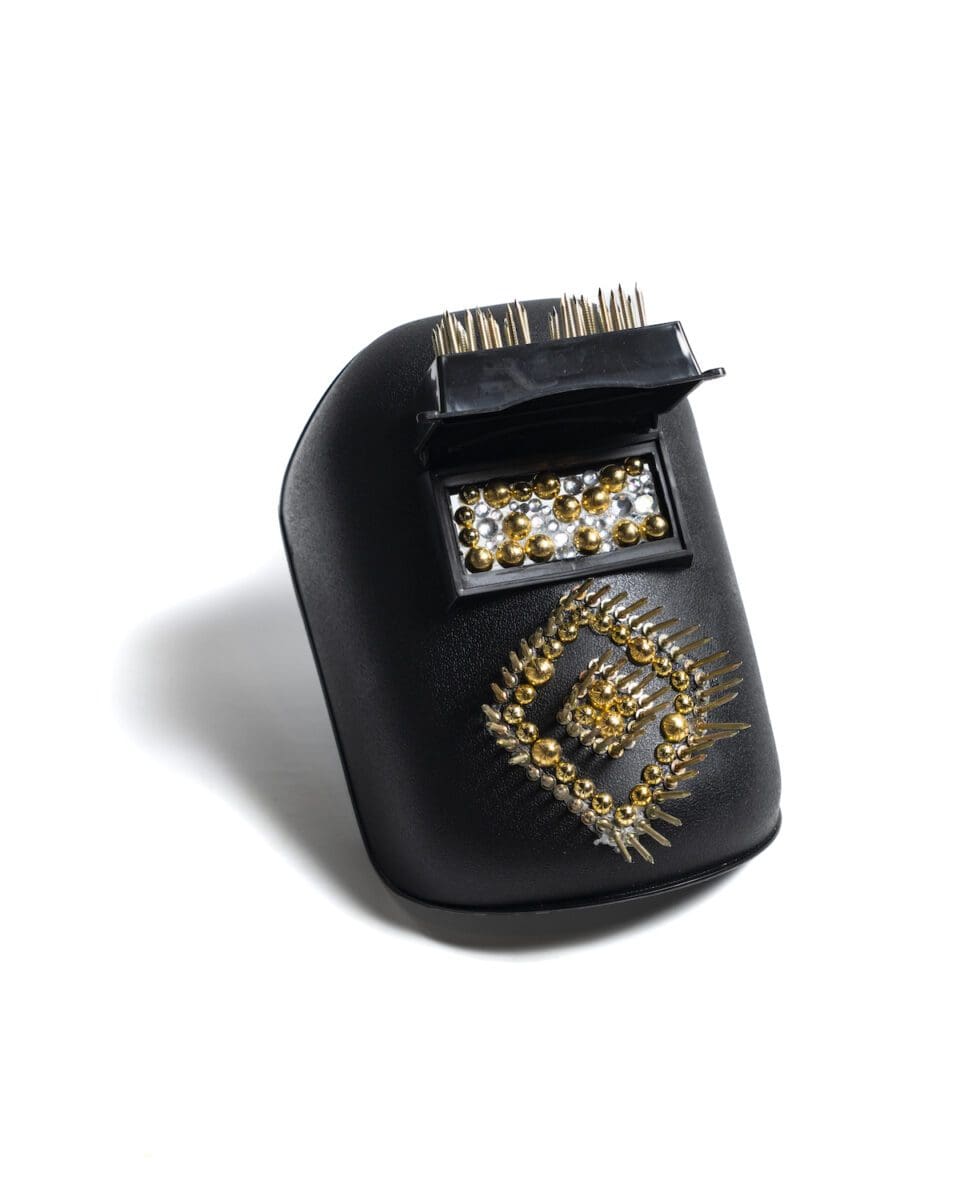
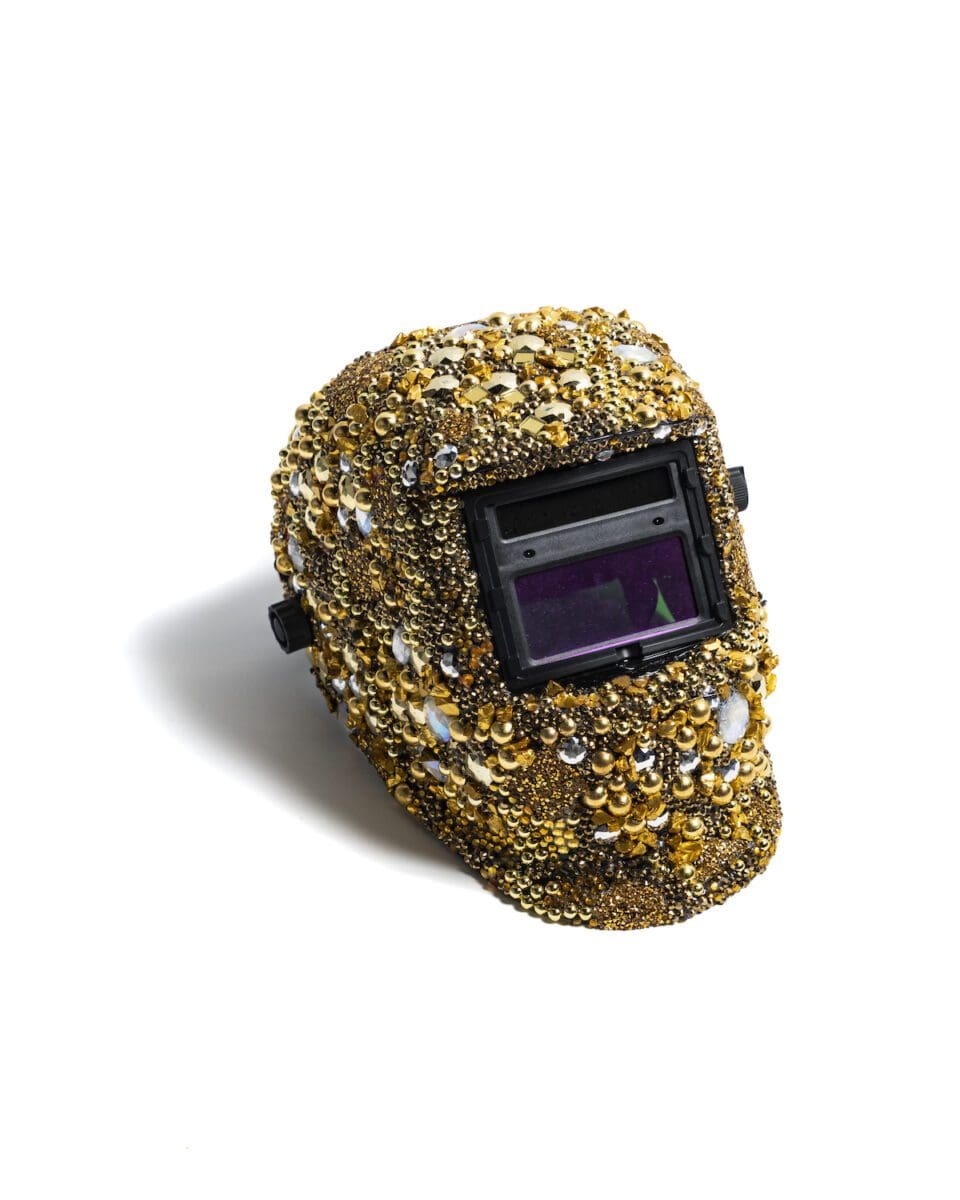
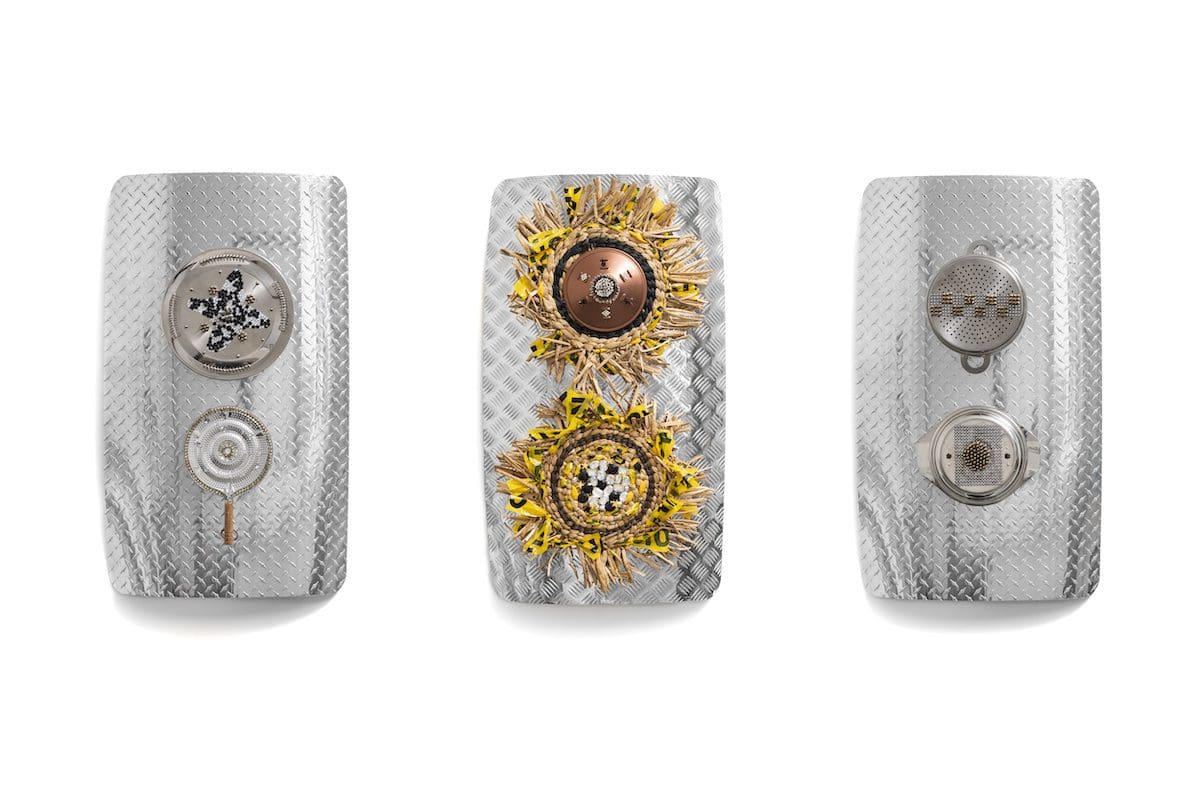

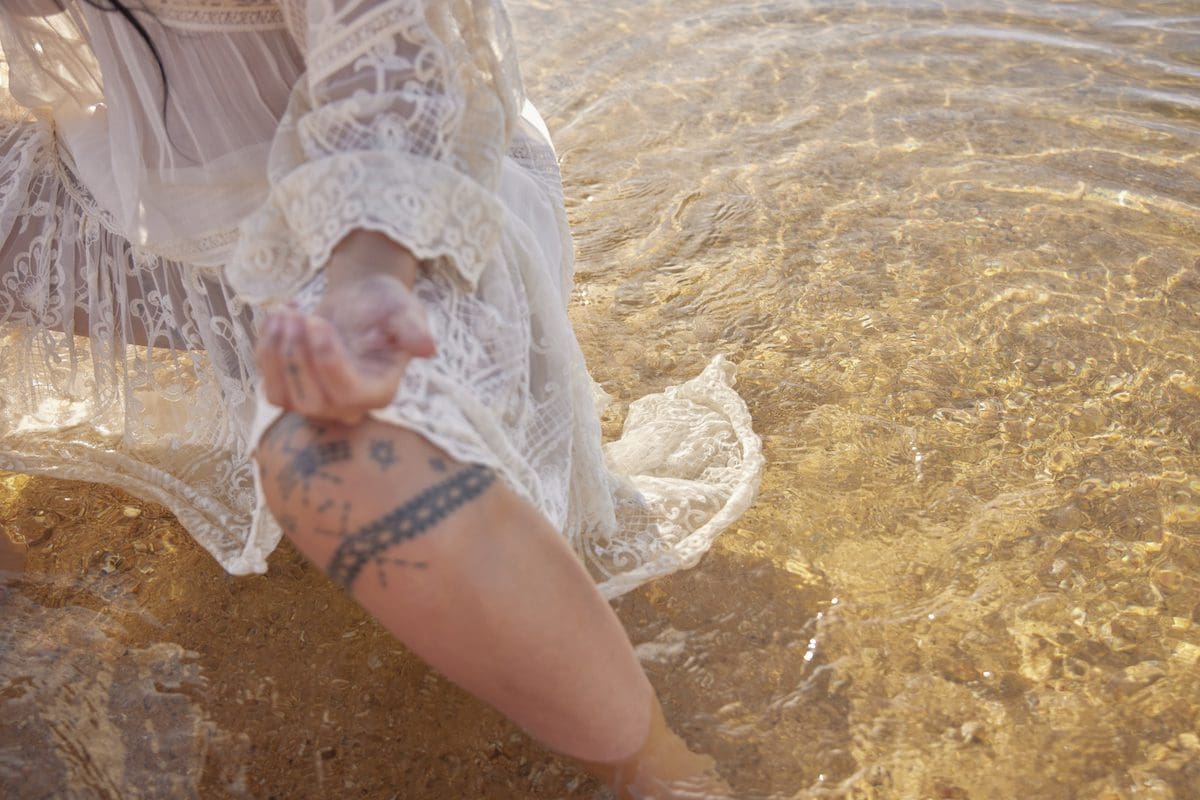
As an artist who scrutinises power structures, Chantal Fraser was intrigued when she first saw a satiric illustration portraying capitalism as a pyramid. Published in 1911 by Industrial Worker magazine, the picture shows multitudes of working folk and children on the lowest level, with a tiny clutch of rulers and royalty at the summit. What would happen, Fraser asks, if the pyramid were inverted, if the workers ascended?
The diagram is one departure point for the Brisbane-based artist’s solo show The Ascended, which partly investigates how authority and power are represented by adornments. In using glittering adornment unexpectedly—on welding masks, gloves, safety goggles, hard hats or pot lids re-purposed as shields—she aims at re-centring societal expectations.
Exquisitely, Fraser has used rhinestones to encrust an entire room of such objects in The Ascended. It is partly a reference to the first contact between white male colonialists and Pacific Island cultures when the inhabitants were given promises and trinkets to camouflage the real intent of colonisation. Fraser, a first-generation Sāmoan-Australian, says the way sparkly, shiny objects can mesmerise is a precipice for the “dazzling contradictions inhuman behaviour”. At that precipice, a viewer can be transfixed, lingering to consider how glittering object scan seduce and open the way for either a sinister outcome (colonisation) or something more positive(cultural exchange).
The objects, showing at Griffith University Art Museum, are anything but knick-knacks, even though Fraser acknowledges “the beguiling pull of tourist trinkets”and their parallels with first contact strategies. Rather, the objects she presents speak to contemporary armoury and what Fraser describes as the “performance of power” in law enforcement and wider institutions of authority. “It’s almost as if you could rollup a roller door and stumble on a dazzling people’s riot gear garage,” she says of this fascinating room.“If you and your crew wanted to arm up, you could.”
Since the early 2000s, Fraser’s exhibitions in Australia and abroad have included sculpture, installation, performance and video, and they have all been linked by what curator Naomi Evans describes as a distinctly feminist and anti-colonial vision.
Fraser’s experiences in “lateral experimentation” at art school in the early 2000s led her, she says, to later ground herself in technical skills. She eventually applied for a grant enabling her fitter and turner brother to help her set up a small home foundry and learn appropriate metal-wrangling skills. The new exhibition, which includes a five-channel moving image work, is a nod to her brother and to the blue-collar people she imagines ascending in that 1911 pyramid.
When I was working on the characters I wanted in the moving image work, I didn’t want a sense of overthrowing but a tribute to the ordinary people, to everyday workers,” she says.
Fraser says her perceptions of power dynamics include family experiences of interactions with figures of authority while she was growing up in Brisbane; male relatives experienced discrimination “for being brown boys” and her late father was “always skeptical and mistrusting of law and authority”. There was “anger, resistance, rebellion, sadness and a deep mistrust and a lowering of expectations”.
As an artist, Fraser has encountered many assumptions about Pacific cultures. Some years ago, exhibiting jester-shaped hats she had created with materials gathered from Spotlight and Brisbane bargain shops, she was asked about “the amazing traditional headdresses from your [Sāmoan] cultural heritage”. They missed the point entirely about the figure of the jester: the person who, through history and literature, is able to speak truth to figures of authority, to royalty.
By elevating objects that might normally be interpreted as blue-collar—the welding gear, for example—into precious adornments, Fraser inverts the pyramid. In the video that gives the exhibition its title, The Ascended presents its performers as possible deities, but also as ordinary people.
There is a young man in a workshop wearing a leather apron and displaying various glittering shields and a gorgeously rhinestone-encrusted welding mask. And there is an older woman, her face obscured by tulle, gracefully stepping through a dance. And there is the performer who stands completely enveloped by black-and-yellow “warning” tape, bristling with strength and something uncanny.
Fraser says these various bodies make the sublime ordinary—just as that pyramid of capitalism infers that the “ordinary” people, the proletariat, are crucial to the existence of the regal and powerful. “When we break it down, the people at the bottom hold the power.”
Little surprise, then, that Fraser has devoted one exhibition room for use by the wider Pacific community, to hold workshops, readings, rehearsals and so forth. While she says the space is not directly connected to her work, it is about making the museum “everyone’s space”. It also reflects the global swell of artists making work that alters the mainstream gaze by de-centring Western culture.
The Ascended
Chantal Fraser
Griffith University Art Museum
(Brisbane QLD)
On now—2 September